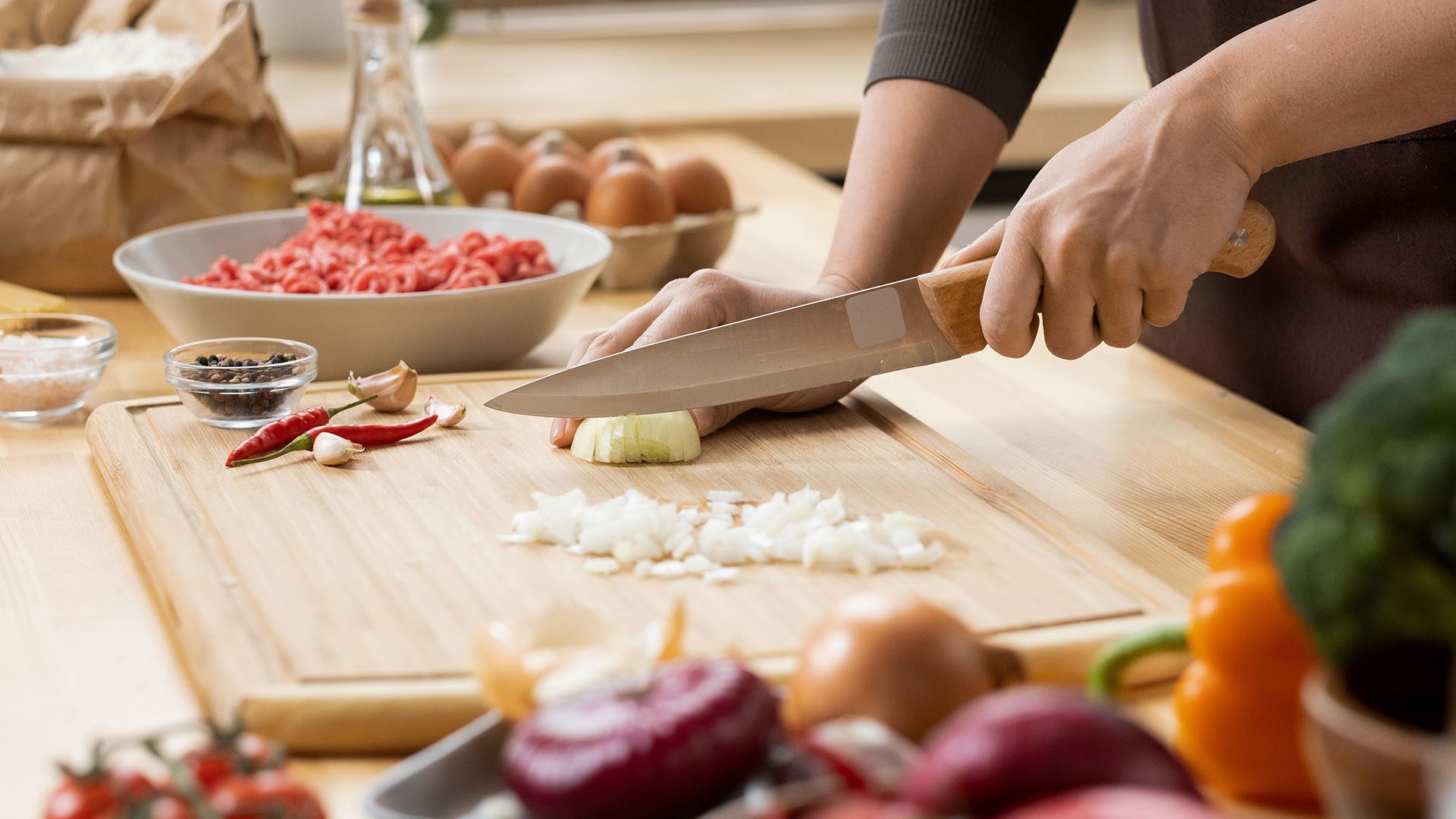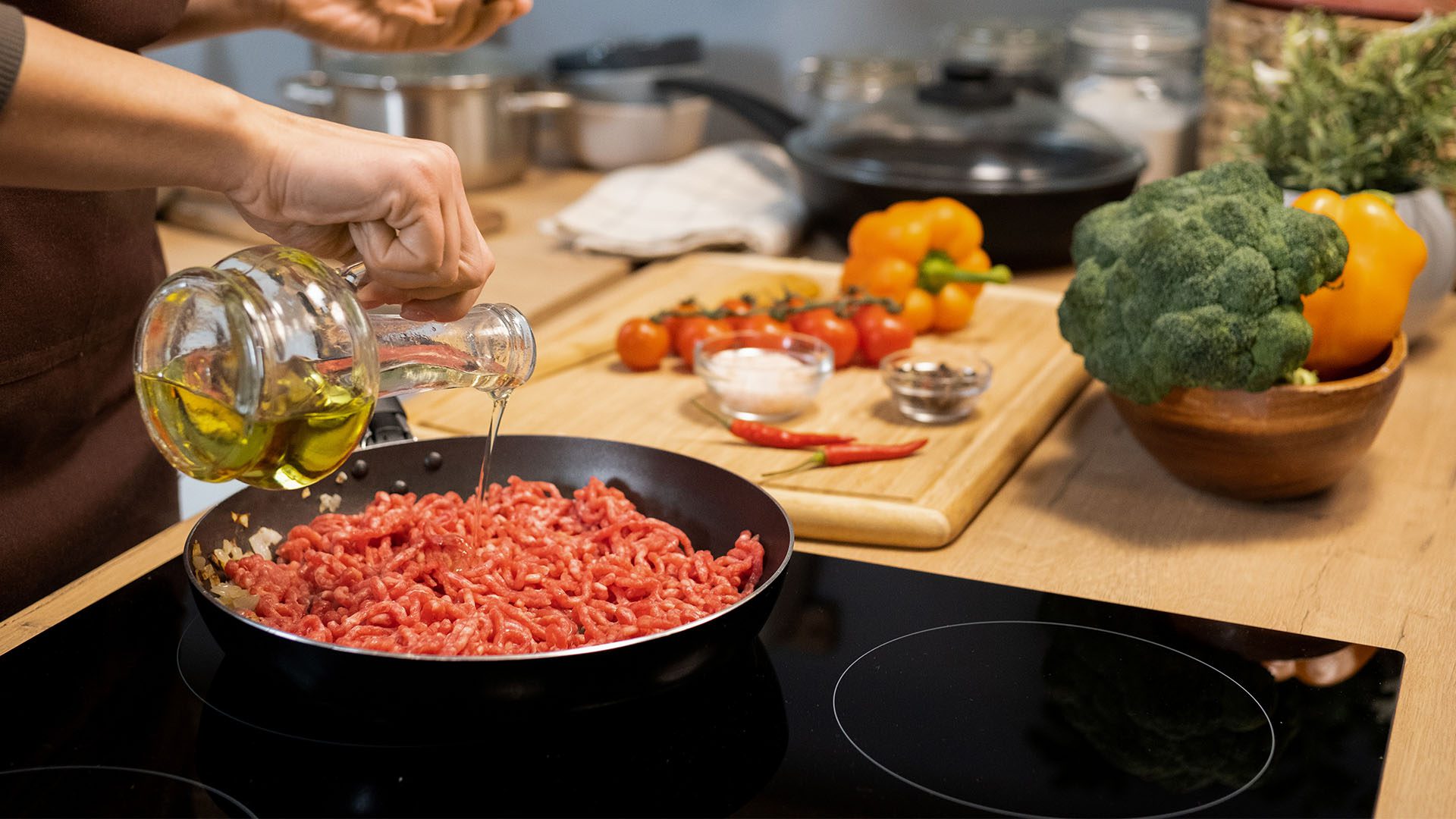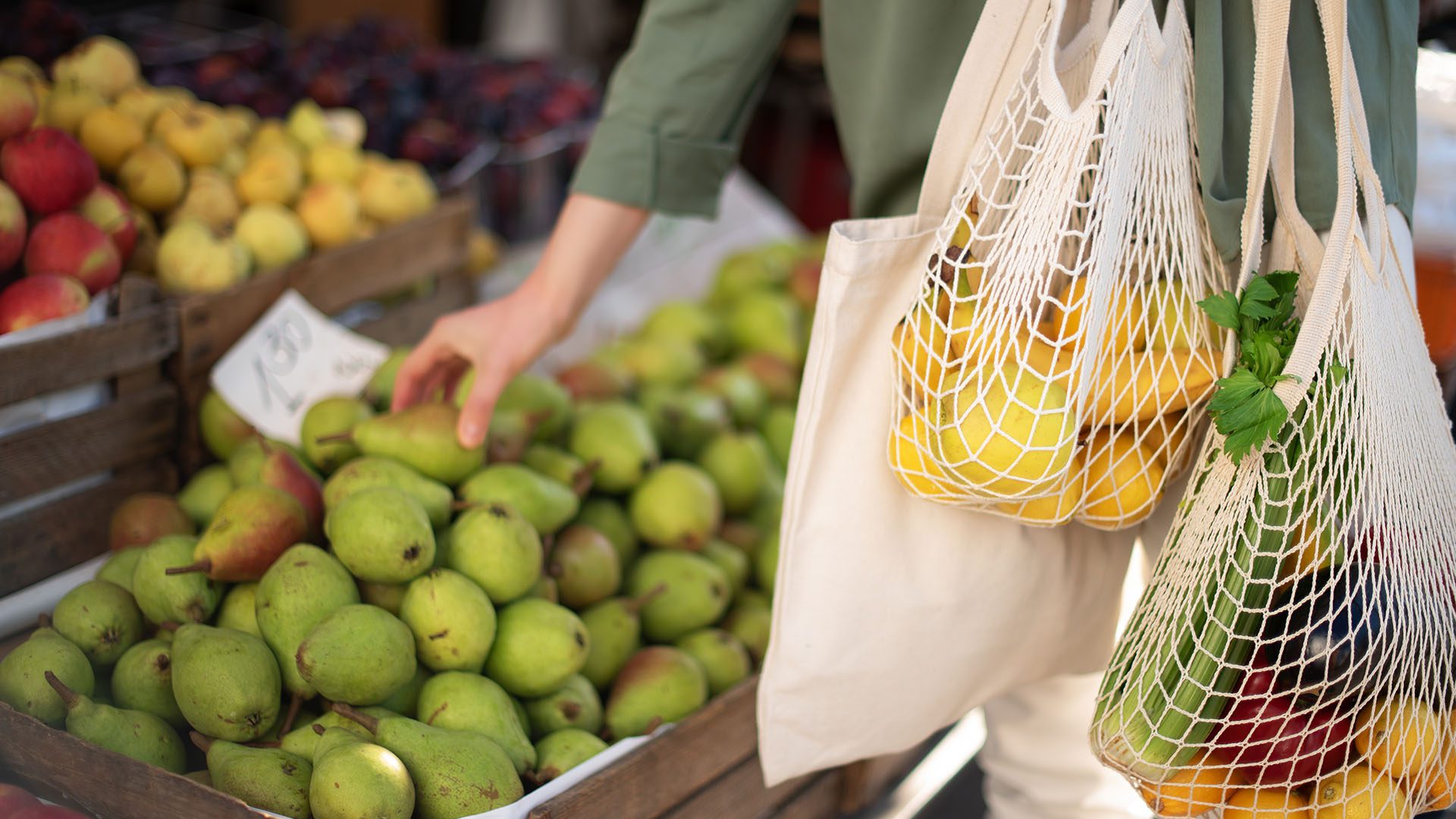Making eco-friendly choices goes beyond taking the extra few seconds to recycle. Rather it should extend to every area of life, including your kitchen. The U.S. Energy Department estimated that as much as 15 percent of the energy in an average American home is used in the kitchen. Here are some sustainable cooking and food preparation tips to make your kitchen green (besides adding veggies).

1. Reduce Cooking Time
Reducing your cooking time can not only help reduce your energy consumption and lower your energy bills but also preparing food more quickly means you get to eat it sooner too. One method of doing this is to chop your ingredients into smaller pieces because it will allow your food to heat through quicker, thereby reducing your cooking time. Additionally, utilizing pan lids during cooking can reduce cooking time by up to 40% as the lid traps heat and prevents it from escaping.
2. Portion Strategically
When utilizing a traditional gas stove for cooking, ensure the pans you’re using are the right size for the burner. As a general rule, your pan should just cover the burner so that, if the gas is turned up to “full”, the flames won’t rise around the sides of the pan. Using a large pan on a small burner or vice versa will result in wasted energy. Cooking larger portions of food is another way to significantly reduce energy usage as a pan’s efficiency is reduced by 80% if it’s only one-fifth full. Portioning strategically will not only help with energy conservation, but it will also save you cooking time later which can add to the energy-saving benefits.

3. Get Creative
Although the microwave isn’t the most sustainable cooking appliance, heating or reheating smaller amounts of food in the microwave can be much more energy efficient than the conventional oven. Additionally, when attempting to boil water, it can conserve energy to use a kettle to heat the water rather than a saucepan. Simply heat the water in the kettle and then transfer the water to the pan once it’s already boiling.
4. Get Smart
Utilizing smart home appliances can additionally allow you to reduce your energy consumption in the kitchen. For example, a smart meter can measure the energy usage of different appliances and track them in terms of your current energy costs. This will enable you to examine which appliances are costing the most in terms of energy and money so that you can work to minimize their use. Switching to an induction hob is another method of maximizing energy efficiency in the kitchen. Induction hobs use energy more efficiently than gas or electric stoves because they don’t waste energy heating the space around the pan.

5. Purchase Sustainably
Buying power is crucial when it comes to creating a more environmentally sustainable world, so ensure both the food and appliances you’re purchasing for your kitchen are eco-friendly. Even if you’re not much of a cook, there are options like Amy’s Kitchen’s frozen meals. These meals are quick and easy to make and use organic high-quality ingredients. Amy’s Kitchen is also B Corp certified for its exemplary social and environmental performance standards. When purchasing food and kitchen appliances, ensuring they’re sustainable and environmentally friendly can go a long way toward making both your kitchen and the market as a whole more eco-friendly.
To find out more about Amy’s Kitchen’s sustainability, we visited the company’s birthplace, factory, and drive-thru restaurant. Check it out below.
For more of the latest food news, check out the evolution of frozen foods, what a Certified B Corporation is, and the flight that was powered by cooking oil.







